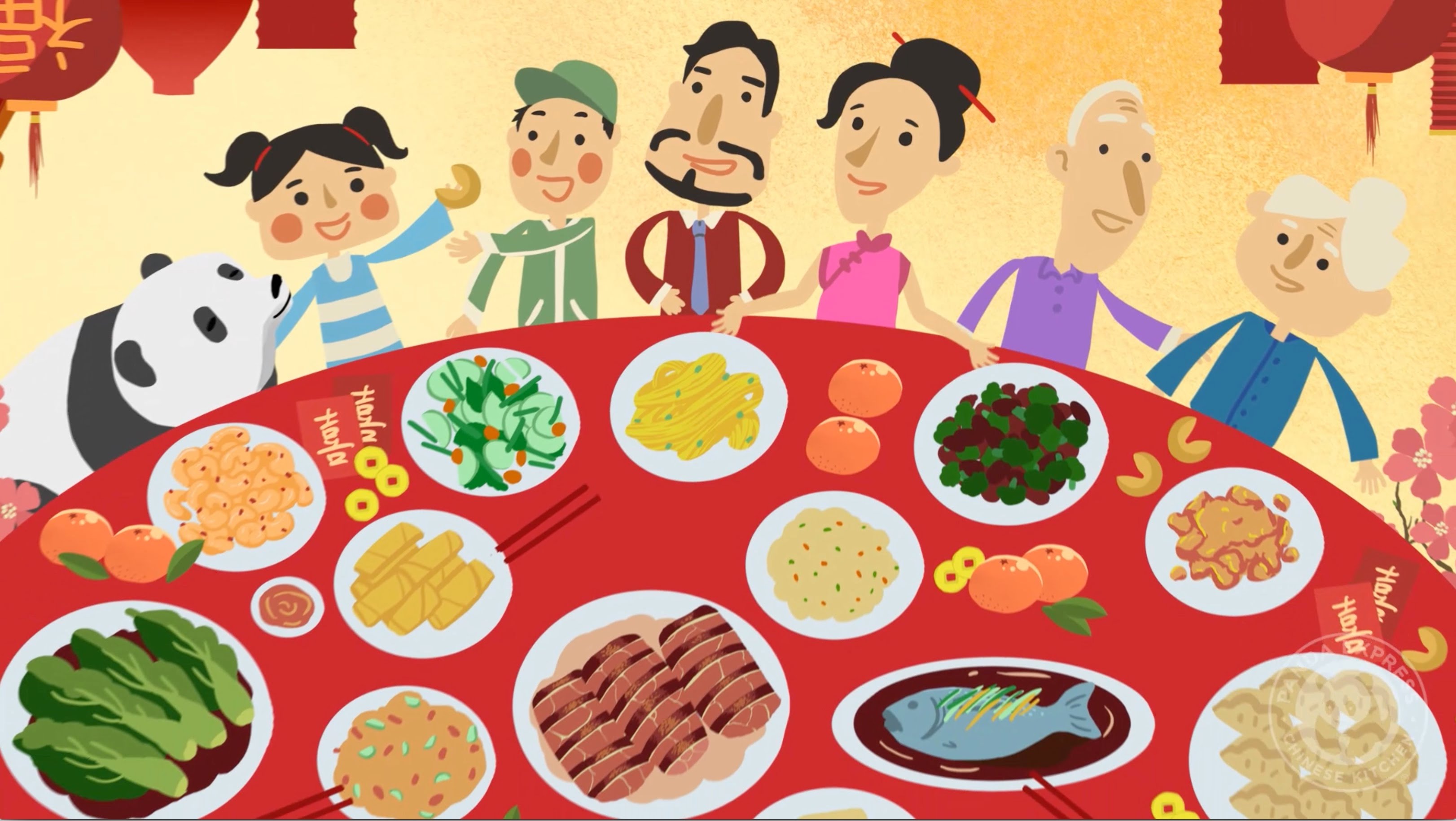Tong tong tong chiang! Soon, we’ll be hearing the sound of Chinese musical instruments everywhere we go. That is because Chinese New Year is only a few weeks away.
The phrase “Happy New Year” in Chinese is “Gong Hei Fatt Choy” (in Cantonese) or “Xin Nian Kuai Le (新年快乐)” (in Mandarin), which carries the meaning of wishing you good fortune in celebration of the new year.
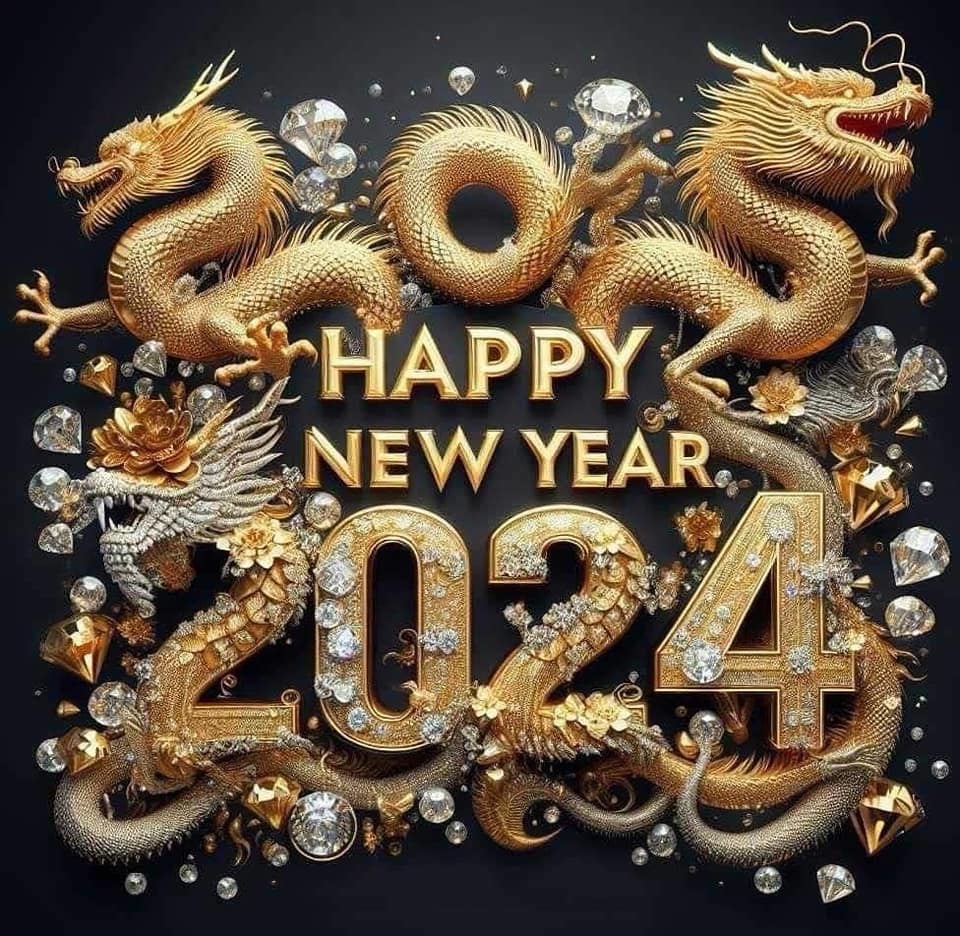
Chinese New Year is more than just a traditional festival, it’s one of the most important celebration marked by parades, family reunions, and lots of delicious food. The celebration continues for 15 days until the moon is full. In case you’re wondering, this year’s Chinese New Year falls on 10th February.
Although Chinese New Year is generally used as an opportunity to renew family ties, the younger generation these days prefer to spend time with friends or to relax from work. This festivity has many longstanding traditions and there’s a lot to delve into if you’re unfamiliar.
That is why we’ve compiled a list of 10 things about the Chinese New Year myths and traditions.
1. The Chinese Zodiac forecast
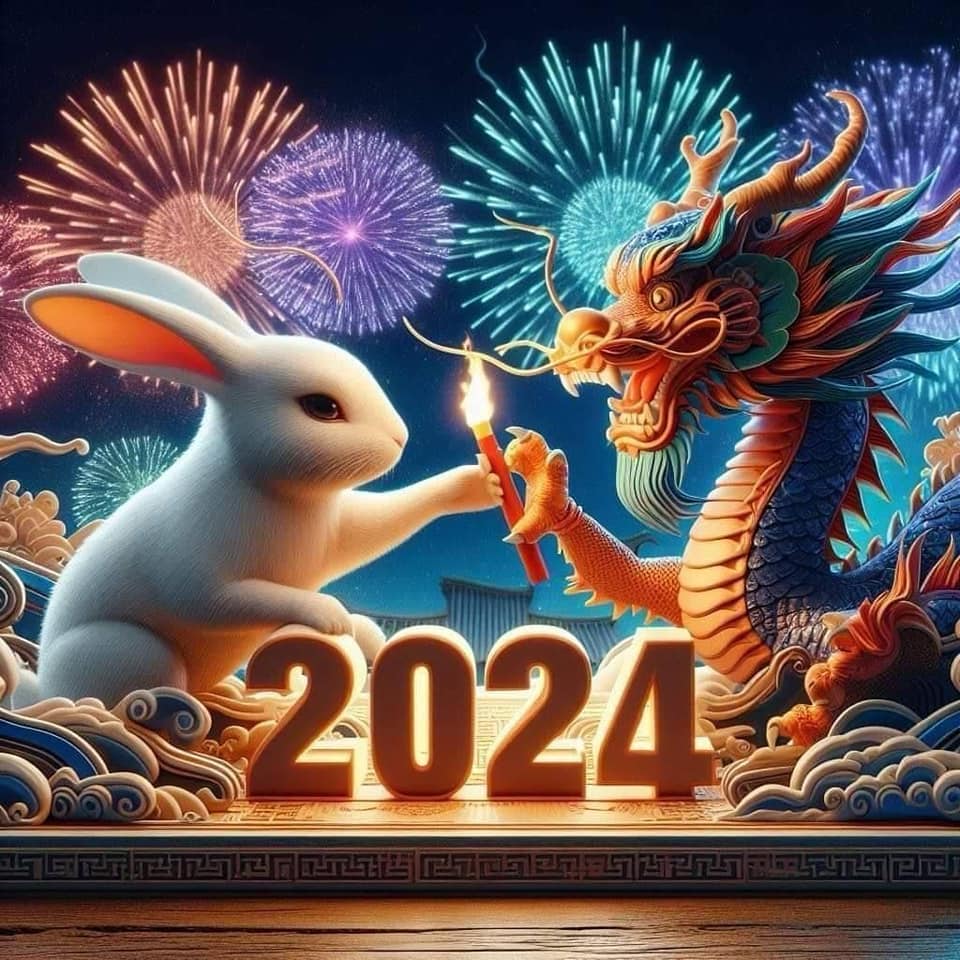
In ancient times, the gods concurred that humans needed a better method to keep track of the years, so they devised a plan based on a 12-year cycle and named those years after animals. To decide the order of those animals, the gods held a race across the river. As a result, the order of the 12 animals are: rat, ox, tiger, rabbit, dragon, snake, horse, sheep (ram/goat), monkey, rooster, dog, and last of all, pig.
Over the years, it’s been customary for believers to refer to their Zodiac sign when it comes to seeking advice in areas of finances, health, career, and love. Every year, a few Zodiac signs will experience a “luckier” year, while Zodiac signs will face a more challenging year. While it doesn’t hurt to hear about the year’s predictions and how best to prepare for the coming months ahead, one should also take it with a grain of salt and not as a “be-all-and-end-all”.
2. Why do people wear red and play firecrackers during CNY?

Legend has it that there was once a mythical demon creature named Nian (年, which means year) who would descend upon villages every new year to eat children, livestock, and crops. At the advise of a wise elder, the villages would hang red paper decorations in their homes and red lanterns outside. They would also set fire to bamboo and set off firecrackers to scare the beast away. Firecrackers are also set off during the eve of Chinese New Year to send out the old year and usher in the new.
3. The significance of the dragon

During Chinese cultural celebrations, dragons are often present as they are held in the highest esteem and are also perceived as bringers of wealth and good fortune. This mythical animal is the embodiment of what Chinese New Year is all about – a celebration of luck and good fortune for the future.
The symbol of dragon also signifies authority and can be seen on robes of the Imperial family and nobility. As the king of all scaly animals (e.g. fish, reptiles, amphibian), this revered creature may be fearsome and powerful but it is also held in awe. Here’s an interesting fact: most dragons are considered aquatic as some are believed to inhibit the heavens.
4. So what about the lion dance?
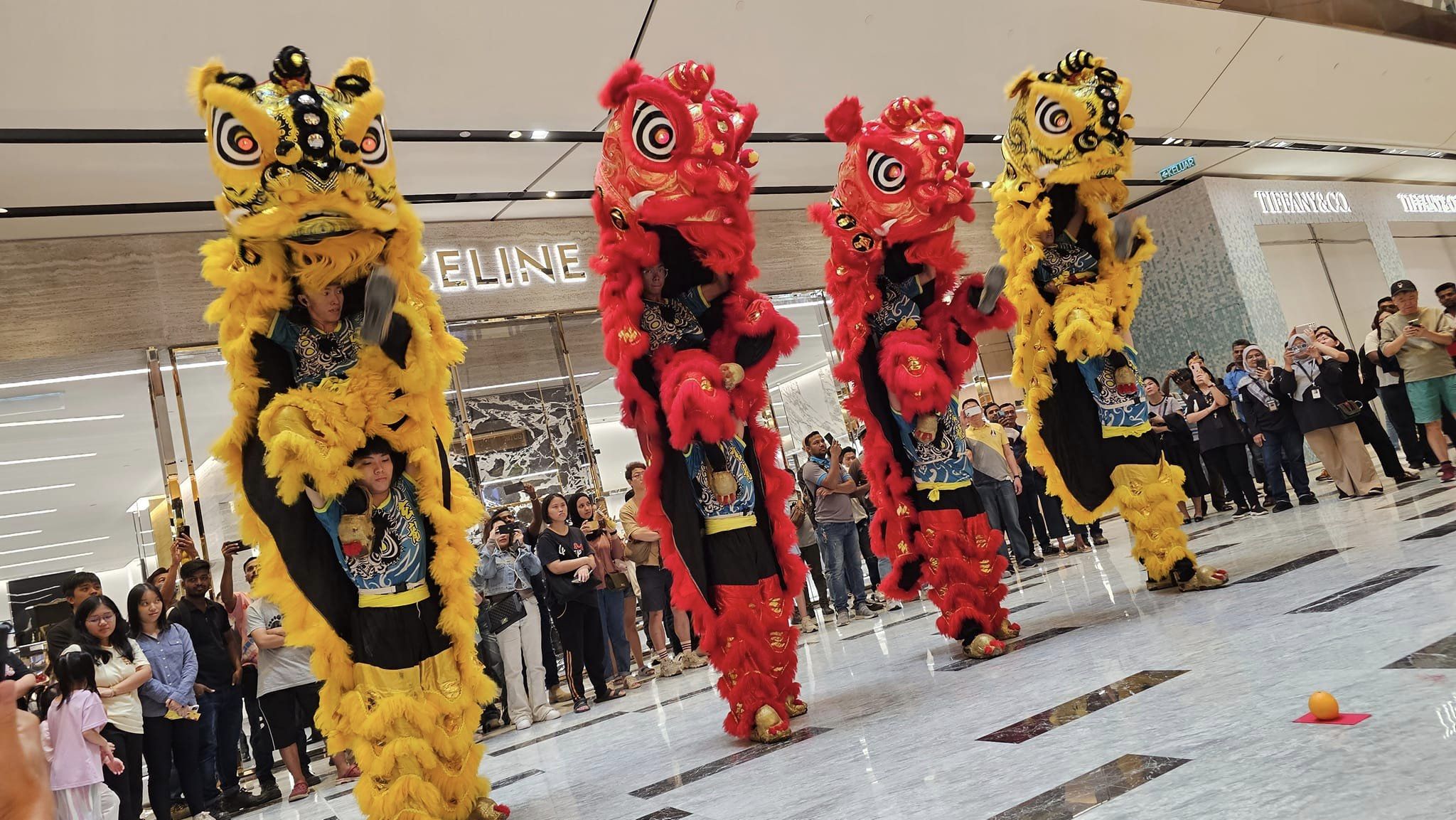
There’s a huge distinction between the dance of the lion – which normally utilises 2 dancers – and the dragon dance, which requires a team of people to handle different sections of the dragon’s long body.
The lion dance (舞狮) itself can be divided into 2 styles: southern and northern. The southern lion dance tends to imitate a lion’s behaviour such as scratching, shaking of the body, and licking of fur. The northern lion dance, however, has elements of Chinese martial arts or otherwise known as kung fu.
5. Major spring cleaning before Chinese New Year
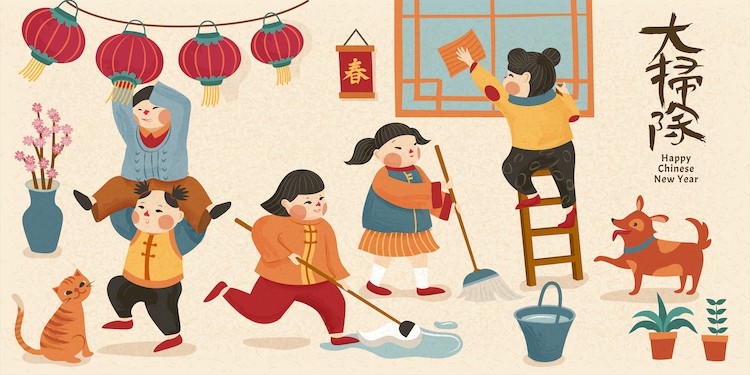
Get ready to scrub every nook and crevice as homes are usually cleaned from top to bottom to get rid of dirt, dust, and bad mojo from the previous year. It’s important to clean your house before Chinese New Year else you’ll be sweeping away you and your family’s good fortune. Cleaning your home before the festivity also means settling all your unfinished business to start fresh for the new year.
This brings us to our next point…
6. Settling debts to avoid bad luck

Isn’t it funny that Chinese New Year is right on the heels of the holiday season when you’ve just spent a substantial amount on buying gifts? This makes settling all your debts slightly challenging, but if you want to avoid bad luck for the rest of the year, be sure you don’t owe anyone any money.
7. “Gong Xi Fatt Chai, Hong Bao Na Lai”
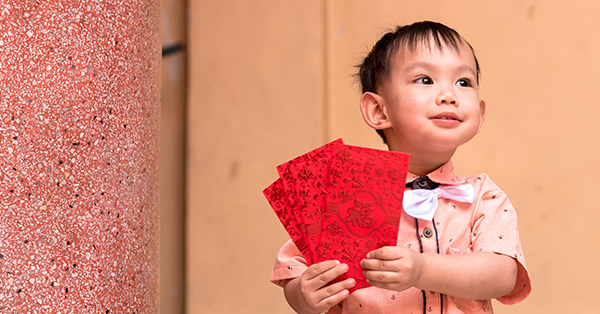
As per tradition, red packets (ang pao or hong bao) are filled with money and are given out to children as well as unmarried adults from older to younger. The cash in these packets are known as lucky money as it is given out as a good luck gesture to the receiver. An even amount of money is usually given (with the exception of 4 as the number means death) and not odd, but a RM5 ang pao is pretty common these days.
8. The significance of the Yee Sang
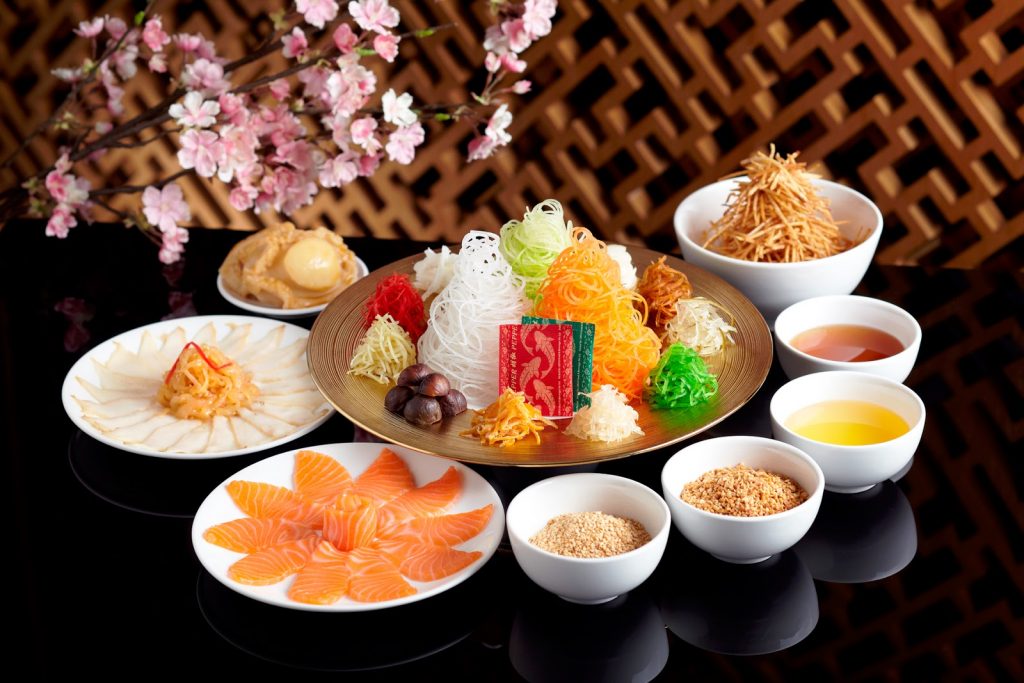
Among all the traditional Chinese New Year dishes, Yee Sang (魚生) is arguably one of the most popular dishes during annual gatherings with friends and family. This mandatory dish is symbolic of good luck, prosperity, health, and everything auspicious. It is essentially a salad with various ingredients that include raw fish, shredded lettuce, celery, carrot, ginger, and groundnuts – each symbolising a different meaning.
- Fish/Salmon (年年有余) – Abundance throughout the year
- Pomelo/Lime (大吉大利) – Good luck and smooth sailing
- Pepper (招财进宝) – To attract wealth
- Oil (一本万利) – To make 10,000 times of profit
- Carrots (鸿运当头) – To attract luck
- Green radish (青春常驻) – Forever young
- White radish (风生水起) – Prosperity in business and promotion at work
- Plum sauce (甜甜蜜蜜) – May life always be sweet
- Fried Crisps (黄金满地) – Wealth and prosperity
The popular custom of Lou Sang happens when everyone gathers around the dining table to mix the ingredients together while tossing it in the air. The height of the toss is believed to determine the person’s fortune and luck, so remember to toss as high as you can this year 😉
9. Oranges and tangerines for wealth and luck
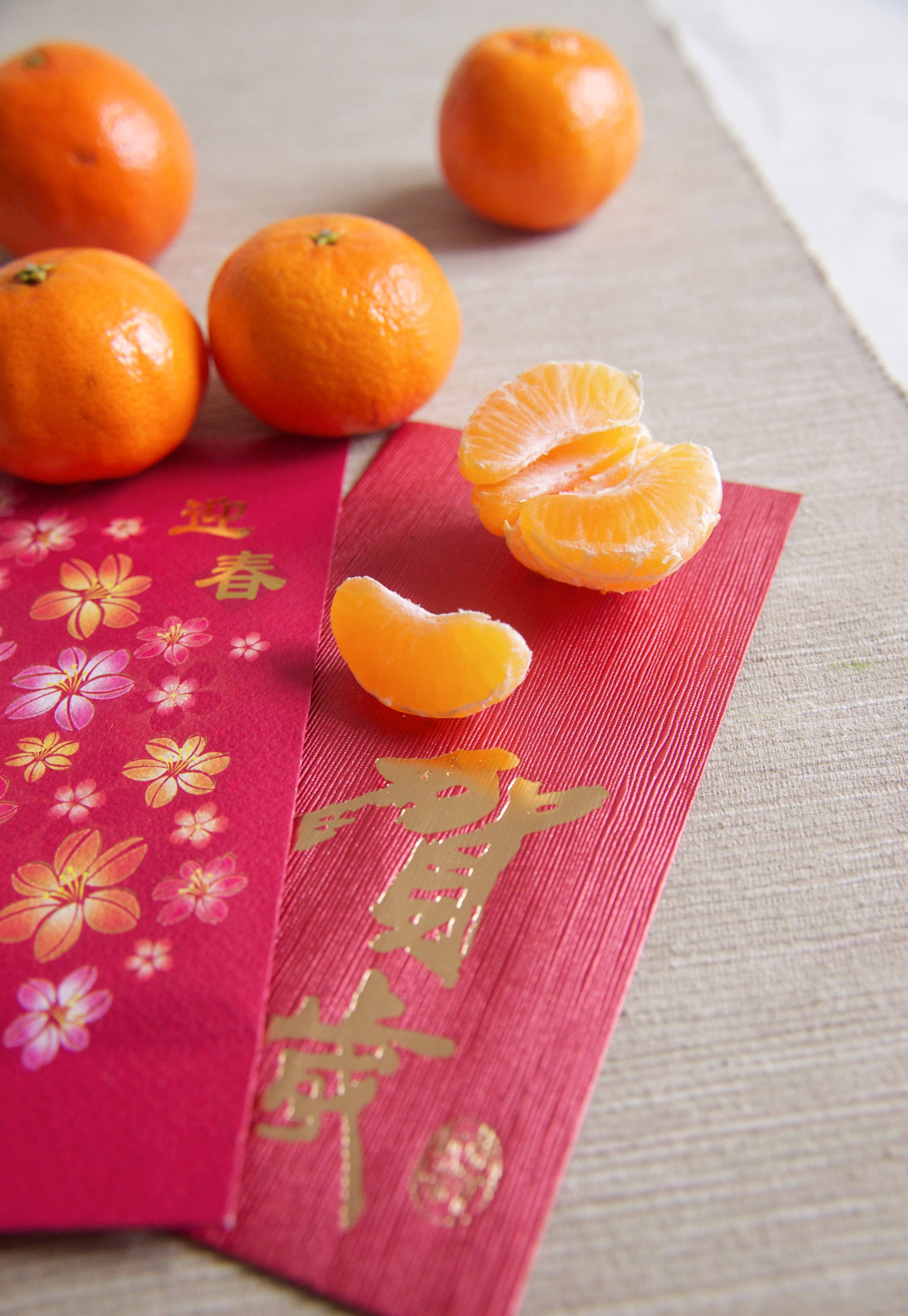
Another yearly tradition during Chinese New Year is the exchange of oranges and tangerines among relatives, friends, and acquaintances. So why these 2 fruits? Orange in Chinese sounds similar to “wealth” while tangerine is similar to the word “luck”. The bright and vibrant colour also symbolises gold and is associated with good fortune.
10. Light up the sky
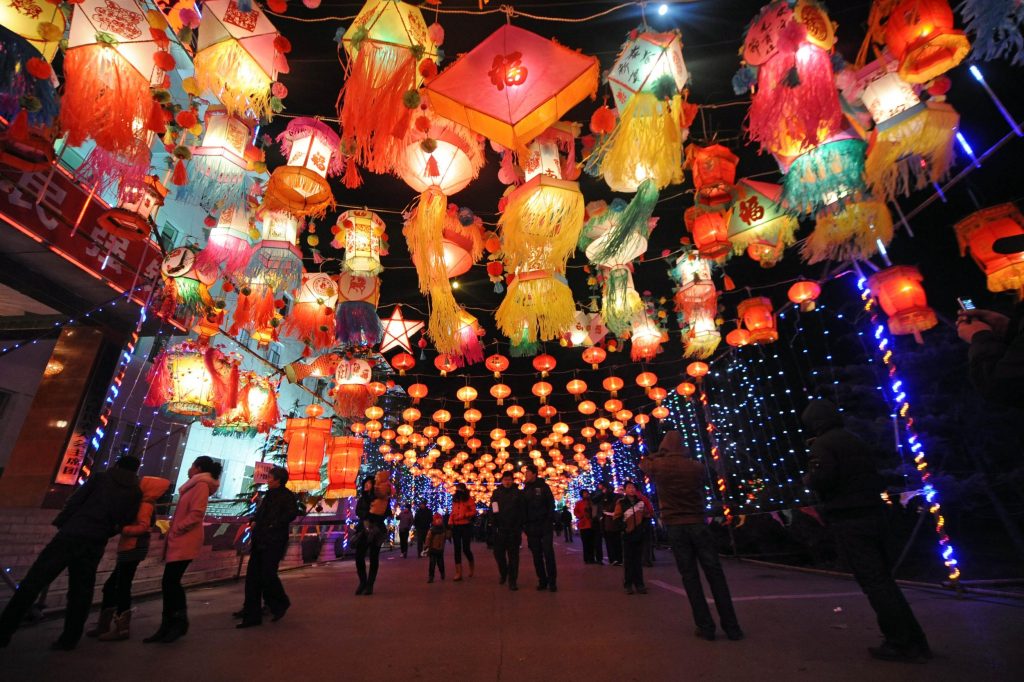
Celebrations will usually start on New Year’s Eve (27th January) before ending with a Lantern Festival (元宵節, which means first night of the full moon) – not to be confused with the Mid-Autumn Festival – which falls on the eve of the 15th day where families will come together again.
Another reunion dinner is celebrated with lanterns and oranges. The lanterns are released into the skies to light the way for the new year and also to guide lost or mischievous spirits home while celebrating family relationships.
BONUS:
11. An awkward time for single adults
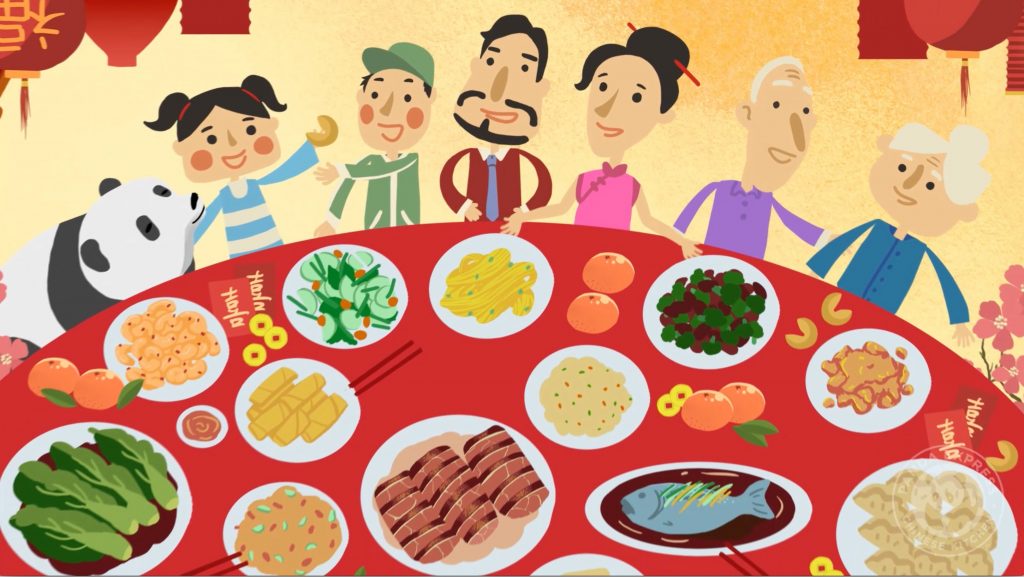
Chinese New Year is meant to be a joyful time of get-together, but for many single people, busybody relatives will often question and squabble about why the single ones are still riding solo. Yes, it’s typically the aunt with no filter. You know it, we know it, but unfortunately she might not know it.
Tip: Best to answer this species by over sharing – go into the gory details and make the offender wish she’d never asked 😉
Sources: Fact Retriever, Huffington Post, Writers In The Storm, Earth Sky, China Highlights (1)(2), How Stuff Works.
Follow us on Instagram, Facebook or Telegram for more updates and breaking news.


